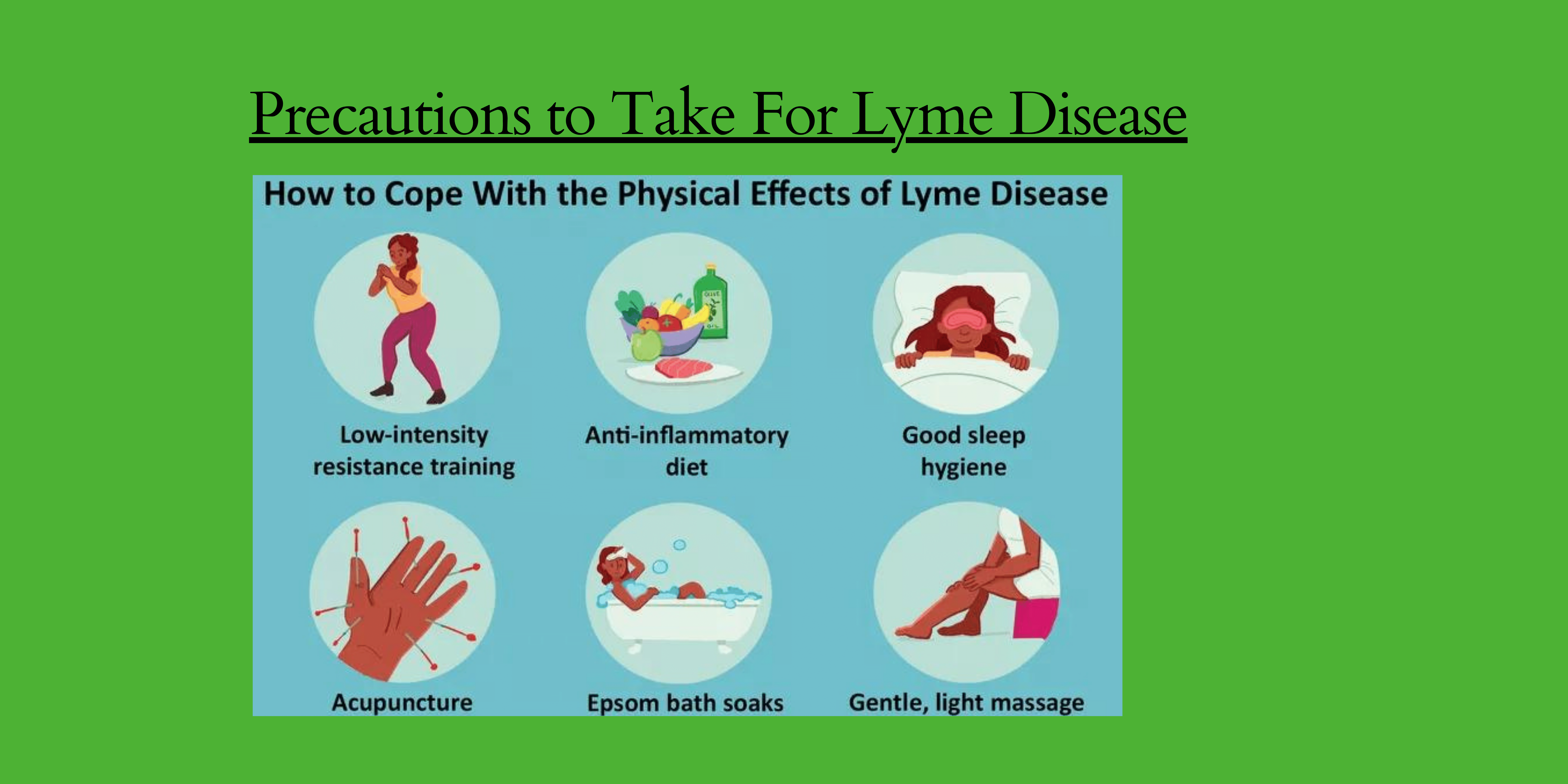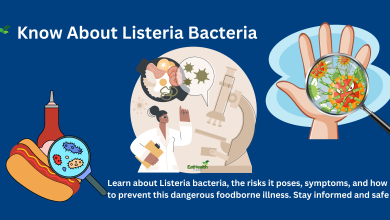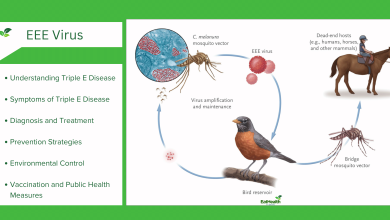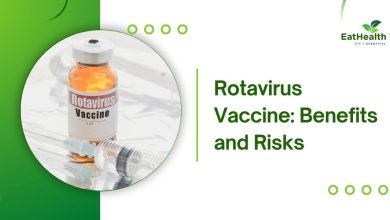Lyme disease is a bacterial infection that is primarily transmitted through the bite of infected black-legged ticks (Ixodes scapularis or Ixodes pacificus). Taking precautions to prevent tick bites is essential, especially if you live in or are visiting areas where Lyme disease is prevalent. These are some safety measures you can take:

1. Wear Protective Clothing:
- When outdoors, especially in grassy or forested areas, wear long sleeved shirts, long trousers and closed-toe shoes.
2. Use Insect Repellent:
- Dress exposed skin and clothing in insect repellent that has received EPA registration. Pick repellents with DEET, picaridin, or oil of lemon eucalyptus as a main ingredient.
3. Treat Clothing with Permethrin:
- You can treat clothing, boots, and camping gear with permethrin, which is a tick repellent. It can provide long-lasting protection even after several washes.
4. Avoid Tick-Infested Areas:
- Stay away from tall grasses, brush, and leaf litter where ticks are commonly found. When trekking, stay to the centre of the trail.
5. Perform Regular Tick Checks:
- Ticks should be properly checked off of your body and clothing after being outside. Pay particular attention to the scalp, underarms, groyne, and behind the knees, among other places. Ticks should be removed promptly.
6. Shower After Being Outdoors:
- Taking a shower within two hours of coming indoors can help wash off any unattached ticks and provide an opportunity to do a thorough tick check.
7. Create a Tick-Safe Yard:
- Keep your lawn well-maintained by regularly mowing, removing leaf litter, and trimming shrubs. Create a barrier between wooded areas and your yard using gravel, wood chips, or mulch.
8. Protect Your Pets:
- Use tick-preventive products on your pets and check them for ticks regularly. Ticks can attach to pets and then be brought indoors.
9. Know Lyme Disease Symptoms:
- Be familiar with the symptoms of Lyme disease, which can include fever, fatigue, headache, muscle and joint aches, and a characteristic “bull’s-eye” rash. If you experience these symptoms after a tick bite, seek medical attention.
10. Promptly Remove Ticks:
- If you find an attached tick, use fine-tipped tweezers to grasp it as close to the skin’s surface as possible. Pull upward with steady, even pressure. Use soap and water, iodine scrubs, or rubbing alcohol to disinfect the area.
Remember that taking these precautions can greatly reduce your risk of contracting Lyme disease. However, no preventive method is foolproof, so if you suspect you’ve been bitten by a tick or are experiencing symptoms, it’s important to consult a healthcare professional for proper diagnosis and treatment.




